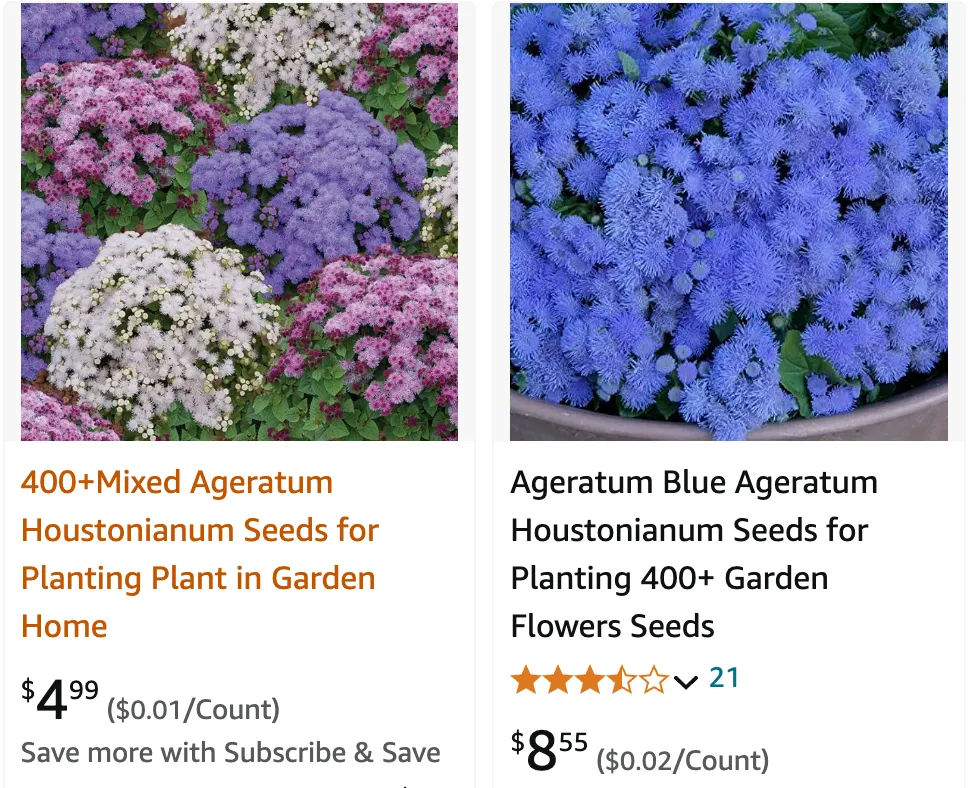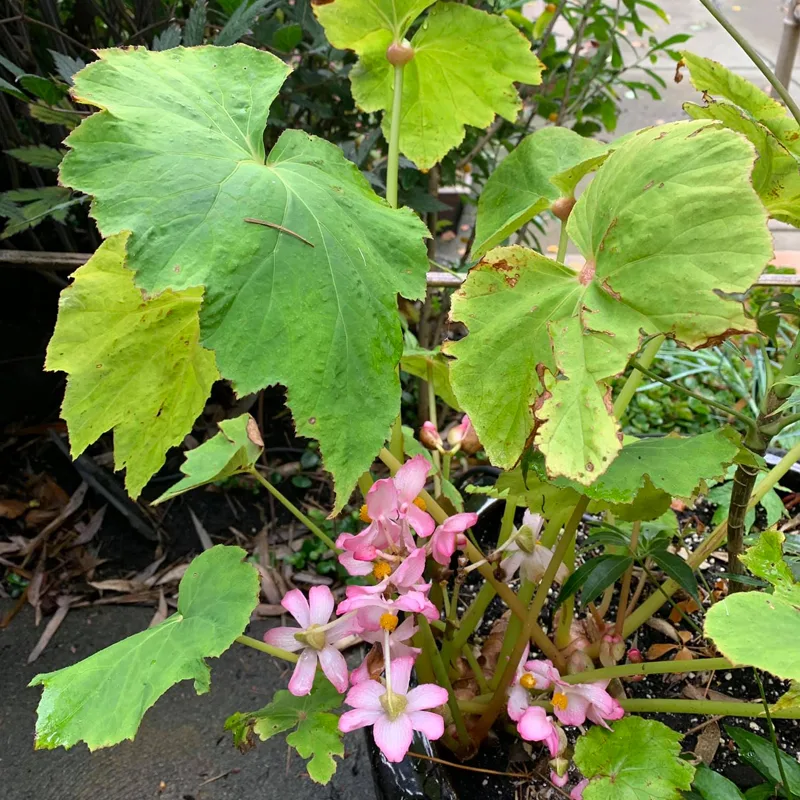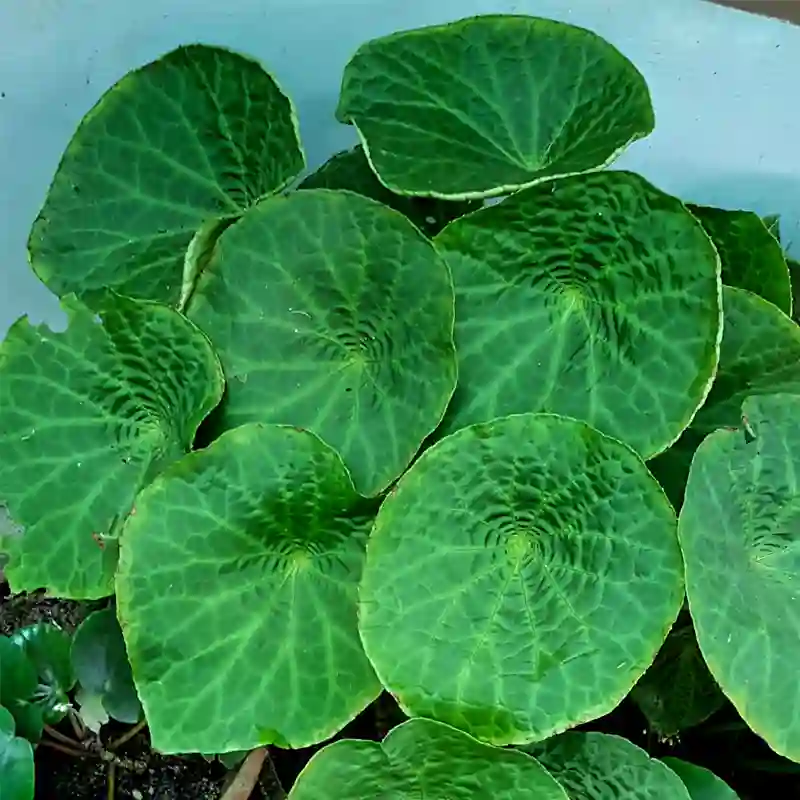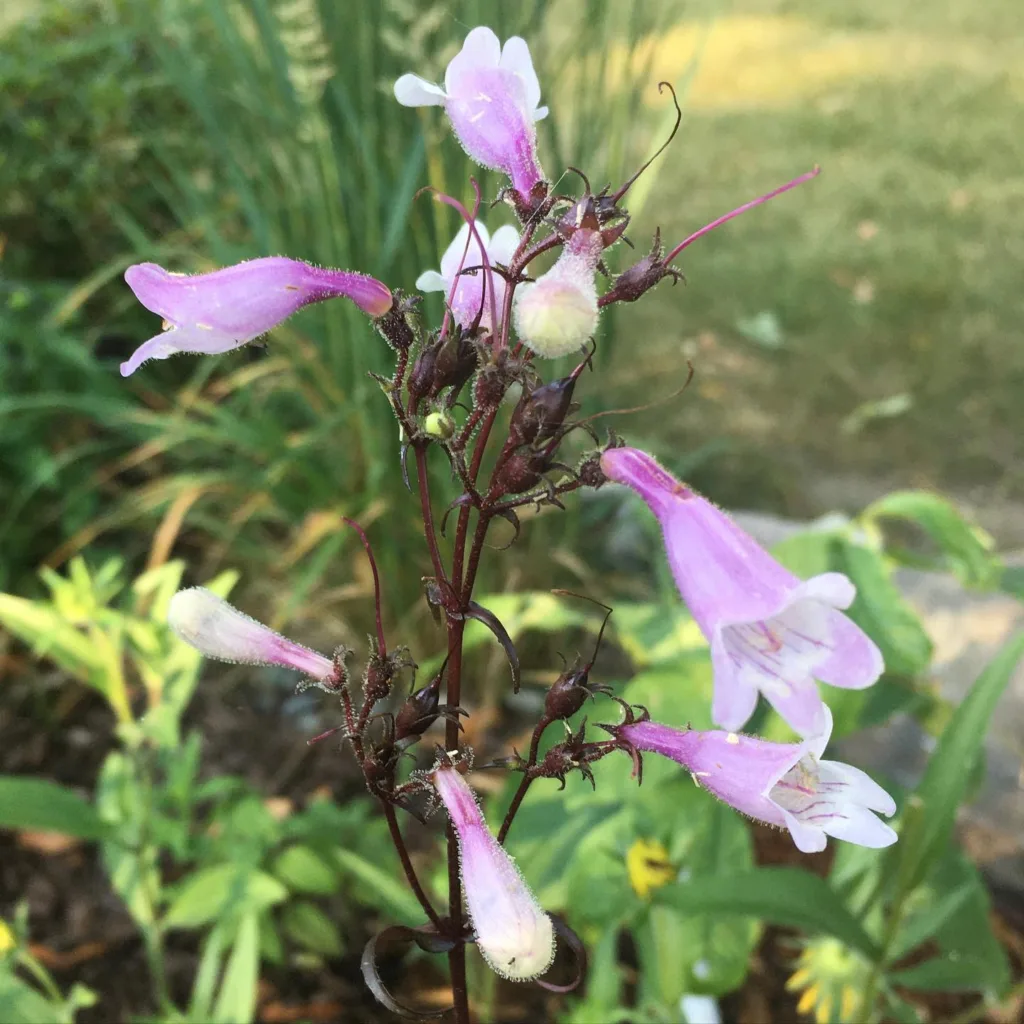
April 18 – Ageratum
"Ageratum, the flossflower, represents April 18."
Ageratum symbolizes youth and optimism. You have a cheerful and lively personality, always spreading joy wherever you go. Like this flower, your vibrant energy is contagious.
What is Ageratum?
Ageratum belong to the Asteraceae family, also known as floss flower, is a popular annual plant known for its fluffy, colorful blooms. It is often used in borders, bedding, and container gardens. The plant is native to Central America and thrives in warm, sunny conditions.
What Does Ageratum Look Like?
Ageratum features clusters of small, fluffy flowers that can be blue, pink, white, or purple. The foliage is typically green and somewhat hairy, with oval-shaped leaves. The overall effect is a dense, colorful mound that adds a soft texture to garden beds and borders.
Ageratum species
- Ageratum albidum Hemsl.
- Ageratum ballotifolium (Maguire, Steyerm. & Wurdack) R.M.King & H.Rob.
- Ageratum candidum G.M.Barroso
- Ageratum chiriquense (B.L.Rob.) R.M.King & H.Rob.
- Ageratum chortianum Standl. & Steyerm.
- Ageratum conyzoides L. Plant FAQs: Ageratum Conyzoides – Tropical White Ageratum
- Ageratum cordatum (S.F.Blake) L.O.Williams
- Ageratum corymbosum Zuccagni
- Ageratum echioides Hemsl.
- Ageratum elassocarpum S.F.Blake
- Ageratum ellipticum B.L.Rob.
- Ageratum fastigiatum (Gardner) R.M.King & H.Rob.
- Ageratum gaumeri B.L.Rob.
- Ageratum grossedentatum Rzed.
- Ageratum guatemalense M.F.Johnson
- Ageratum hondurense R.M.King & H.Rob.
- Ageratum houstonianum Mill. Plant FAQs: Ageratum Houstonianum – Floss Flower
- Ageratum iltisii R.M.King & H.Rob.
- Ageratum littorale A.Gray
- Ageratum lundellii R.M.King & H.Rob.
- Ageratum maritimum Kunth
- Ageratum microcarpum (Benth.) Hemsl.
- Ageratum microcephalum Hemsl.
- Ageratum molinae R.M.King & H.Rob.
- Ageratum munaense R.M.King & H.Rob.
- Ageratum myriadenium (Sch.Bip. ex Baker) R.M.King & H.Rob.
- Ageratum paleaceum (J.Gay ex DC.) Hemsl.
- Ageratum peckii B.L.Rob.
- Ageratum petiolatum (Hook. & Arn.) Hemsl.
- Ageratum platylepis (B.L.Rob.) R.M.King & H.Rob.
- Ageratum platypodum B.L.Rob.
- Ageratum riparium B.L.Rob.
- Ageratum rugosum J.M.Coult.
- Ageratum salvanaturae B.Smalla & N.Kilian
- Ageratum solisii B.L.Turner
- Ageratum standleyi B.L.Rob.
- Ageratum tehuacanum R.M.King & H.Rob.
- Ageratum tomentosum (Benth.) Hemsl.
Is Ageratum a Perennial?
Ageratum, commonly known as floss flower, is primarily grown as an annual in most regions. However, in USDA hardiness zones 10 and 11, it can act as a perennial. This means that in these warmer climates, Ageratum will survive the winter and come back year after year. In cooler zones, you’ll need to replant it annually.
Are Ageratum Deer Resistant?
Yes, Ageratum is considered deer resistant. The plant has a somewhat unappealing taste and texture for deer, making it less likely to be a target in gardens where deer are a common problem.
Do Rabbits Eat Ageratum?
Rabbits, much like deer, generally steer clear of Ageratum. The plant’s foliage is not particularly appealing to them, making it a good choice for gardeners looking to minimize damage from these critters.
How Tall Do Ageratum Grow?
Ageratum typically grows to about 6 to 24 inches tall, depending on the variety. Dwarf varieties stay on the shorter side, while taller types can reach up to 2 feet.
Is Ageratum Toxic to Dogs?
Ageratum is not known to be toxic to dogs, but it’s always best to prevent pets from chewing on garden plants. While it may not be harmful, ingestion of any plant material can sometimes lead to digestive upset in pets.
Does Ageratum Need Full Sun?
Ageratum thrives in full sun but can tolerate partial shade. For the best blooms and vigorous growth, plant it in an area where it receives at least 6 hours of sunlight per day.
Does Ageratum Spread?
Ageratum can spread, but it’s not invasive. It can reseed itself in ideal conditions, leading to new plants the following growing season. However, it’s generally easy to control and won’t take over your garden.
How Long Does Ageratum Bloom?
Ageratum is known for its long blooming period, often from late spring through the first frost. This makes it an excellent choice for adding continuous color to your garden throughout the growing season.
How to Care for Ageratum?
Caring for Ageratum is straightforward. Plant it in well-draining soil and water regularly, allowing the soil to dry out slightly between waterings. Deadheading spent blooms will encourage continuous flowering. Fertilize with a balanced, water-soluble fertilizer every 4 to 6 weeks during the growing season.
How to Harvest Ageratum Seeds?
To harvest Ageratum seeds, allow the flowers to dry on the plant. Once they are dry, gently crush the flower heads to release the seeds. Store the seeds in a cool, dry place until you’re ready to plant them the following season.
Ageratum vs Blue Mistflower
Ageratum and Blue Mistflower (Conoclinium Coelestinum) are often confused due to their similar appearance. Both have fluffy, blue flowers, but Ageratum is typically smaller and more compact. Blue Mistflower can grow taller and has a more sprawling habit. Additionally, Blue Mistflower is a perennial in many regions, while Ageratum is usually grown as an annual.
How to Propagate Ageratum?
Ageratum can be propagated by seed or cuttings. To propagate by seed, sow seeds indoors 6-8 weeks before the last frost date. For cuttings, take a healthy stem cutting, dip it in rooting hormone, and plant it in moist potting soil. Keep the soil moist and the cutting in a warm, bright location until roots develop.
What to Plant with Ageratum?
Ageratum pairs well with a variety of other plants. Consider planting it with marigolds, petunias, and salvias for a vibrant, colorful garden display. Its fluffy blooms provide a nice contrast to the more structured flowers of these companions.
How to Deal with Pests and Diseases in Ageratum?
Ageratum is relatively pest and disease-resistant, but it can sometimes be affected by aphids, spider mites, and powdery mildew. To manage pests, regularly inspect your plants and use insecticidal soap if necessary. To prevent diseases, ensure good air circulation around your plants and avoid overhead watering.
By answering these FAQs, I hope to provide a comprehensive guide to growing and caring for Ageratum. This charming plant can be a beautiful addition to any garden, offering long-lasting color and relatively low maintenance.
If i die, water my plants!



